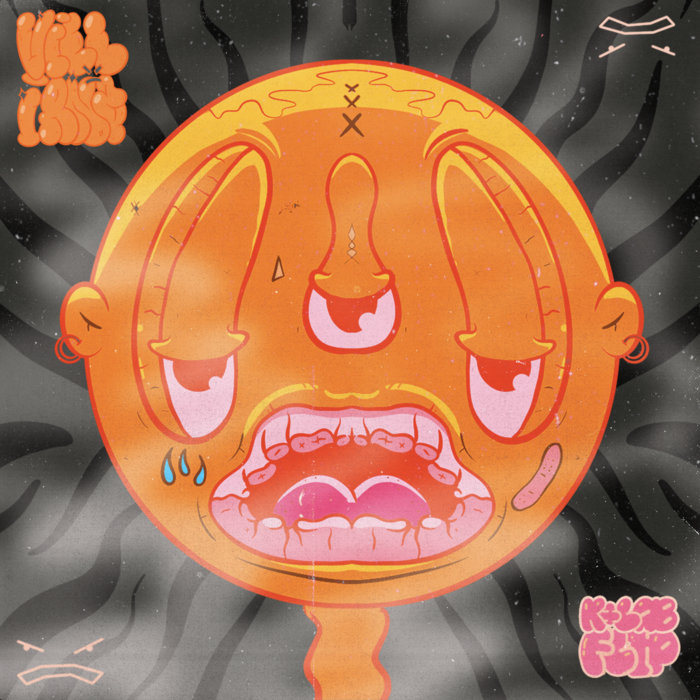
Villainz – K+lab
this blog is GROOVY – check out great Soul, Funk, Jazz, Hip Hop, Bass, Breaks , Reggae, House n many more TUNES
Hey there, fabulous music lovers! Buckle up as we take a joyride through the funky world of G-Chunks—a genre that’s all about vibe, rhythm, and unrestrained grooviness. Grab your headphones and let’s dive in!
Alright, so let’s break it down for you. G-Chunk isn’t just some random collection of sounds; it’s an experience! This genre popped into existence somewhere around the late 1990s to early 2000s. It emerged from a creative melting pot called electronic dance music (EDM), with influences from hip hop, funk, jazz, and even some good ol’ rock ‘n’ roll.
Picture this: artists experimenting with catchy beats layered over bass-heavy grooves that make your body move like nobody’s watching. Add some playful samples here and there—the kind that makes you chuckle—and you’ve got yourself a certified G-Chunk track!
When we talk about icons in G-Chunk history, names like Flying Lotus and Dilla start floating up like balloons at a party. These musicians are known for their cutting-edge production styles blending intricate rhythms with playful melodies.
Here’s a little nugget to tickle your funny bone: legendary producer J Dilla was famously obsessed with cereal! He often sampled sounds from his favorite brands while cooking up tracks in his studio. Imagine crunching sounds blended seamlessly into hit jams! Any chance he had to snack on those sugary loops during recording? You betcha!
As we slid into the 2010s, more producers jumped onto the G-Chunk train—artists like Kaytranada, who brought smoothness along for the ride while sprinkling hints of disco vibes everywhere! Their ability to transform familiar samples into something fresh kept listeners craving more.
Ever seen Kaytranada groove live? This guy doesn’t just produce beats; he is the beat! Legend has it he once moonwalked his way off stage mid-performance—but hey—that just added extra flair to his set.
So what does G-Chunk sound like? Picture jazzy chord progressions wrapped up tight with drum machines delivering punchy backbeats that’ll get any crowd hyped up faster than a double shot of espresso. It marries hip-hop swagger with electronic experimentation—a playground where anything can happen.
Collaboration is also key within this genre’s evolution. From rappers laying verses over bubbling beats to vocalists lending dreamy harmonies atop rhythmic foundations—it has led us down delightful paths where you least expect them!
There was one time when rapper Lil Uzi Vert unexpectedly hopped onstage during Flying Lotus’ performance at Coachella—and chaos ensued! Let’s just say vinyl records weren’t safe after they decided to freestyle together right then and there. Who knew these two would have such chemistry?
With its rise came dedicated festivals celebrating everything G-Chunk—from headbanging raves under neon lights filled with people dancing shamelessly (and sometimes flailing!) while trying to keep pace with relentless beats—to chill lounge sessions uplifting spirits through smooth grooves and impromptu jam sessions among fellow enthusiasts.
And oh boy—these events come complete adorned not only by vibrant visuals but also unique collective energies shared by fans!
You gotta love how these gatherings attract an eclectic mix of characters – guys dressed as superhero llamas mingling beside chic fashionistas straight outta Vogue magazine—all united by one thing—the undeniable allure of sick Beats!! Never underestimate anyone sporting funky glasses or waving ridiculous flags—they might be secret musical geniuses readying themselves for future collaborations someday!
In short order folks—G-Chunks burst forth radiating originality loaded generously across every facet imaginable; cramming memories full-on hilarity infused amid talent gracing our ears today making sure nothing goes unnoticed amidst fragments igniting everyone present declaring “Let’s Groove Tonight” without hesitation whatsoever!!
From silly obsessions leading towards epic stories spun around high-energy stages experienced throughout remarkable festivals worldwide aligns perfectly reflecting passion intertwined artistically capturing profound emotions bursting forth resonantly deep inside hearts stealing breaths away rapidly transported beyond realms previously thought achievable…now that my friends embodies true spirit embrace ❤️🎶✨

Villainz – K+lab
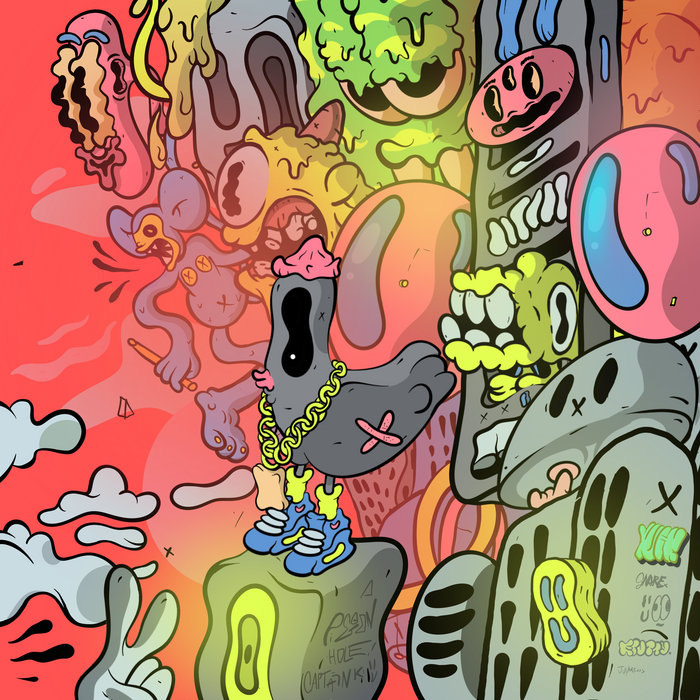
2 UR AREA – K+Lab, Pigeon Hole, Eputty
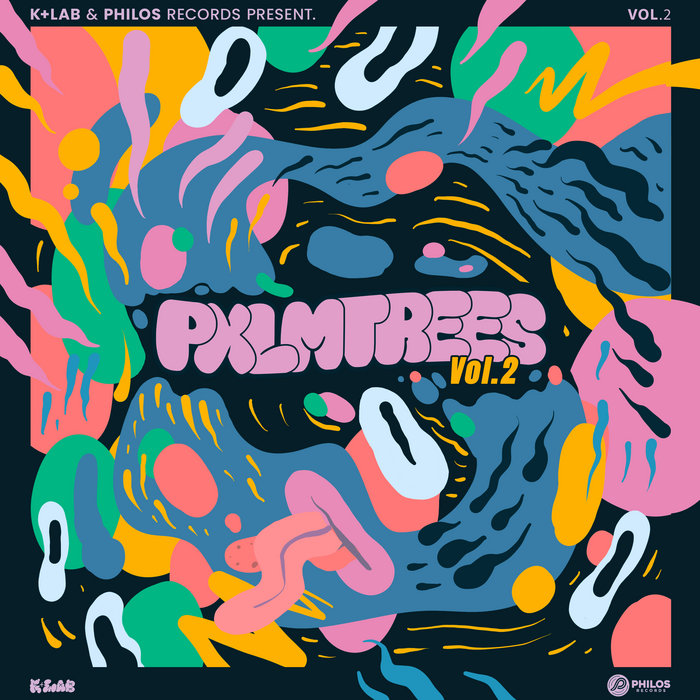
Millionaire – K+lab
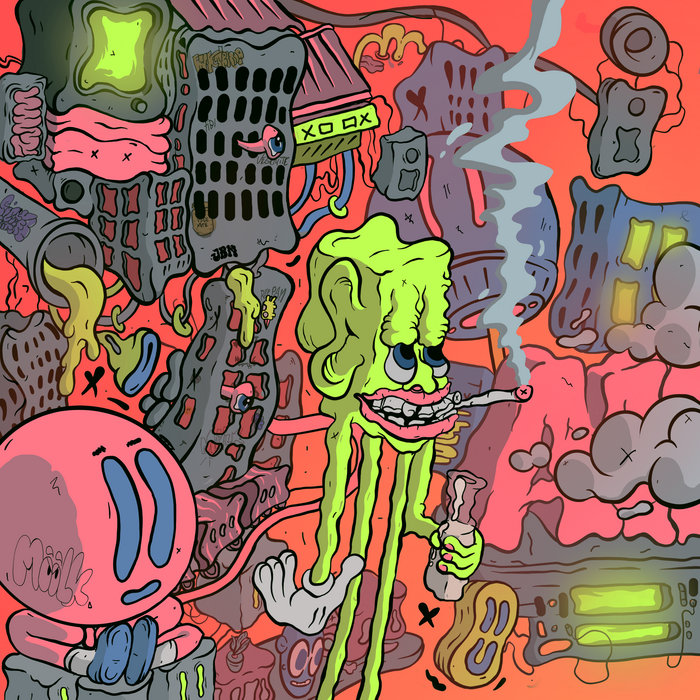
BLOCK to BLOCK – K+Lab, Miilk
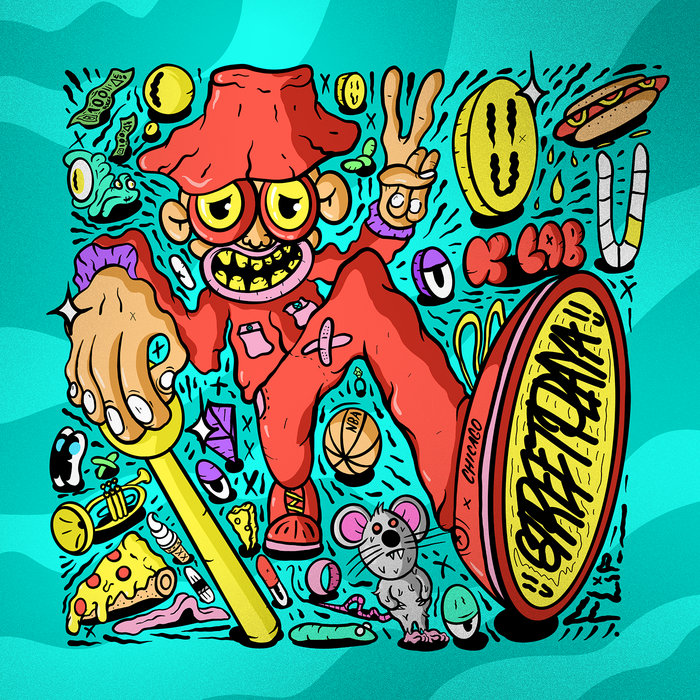
Street Playa – K+lab